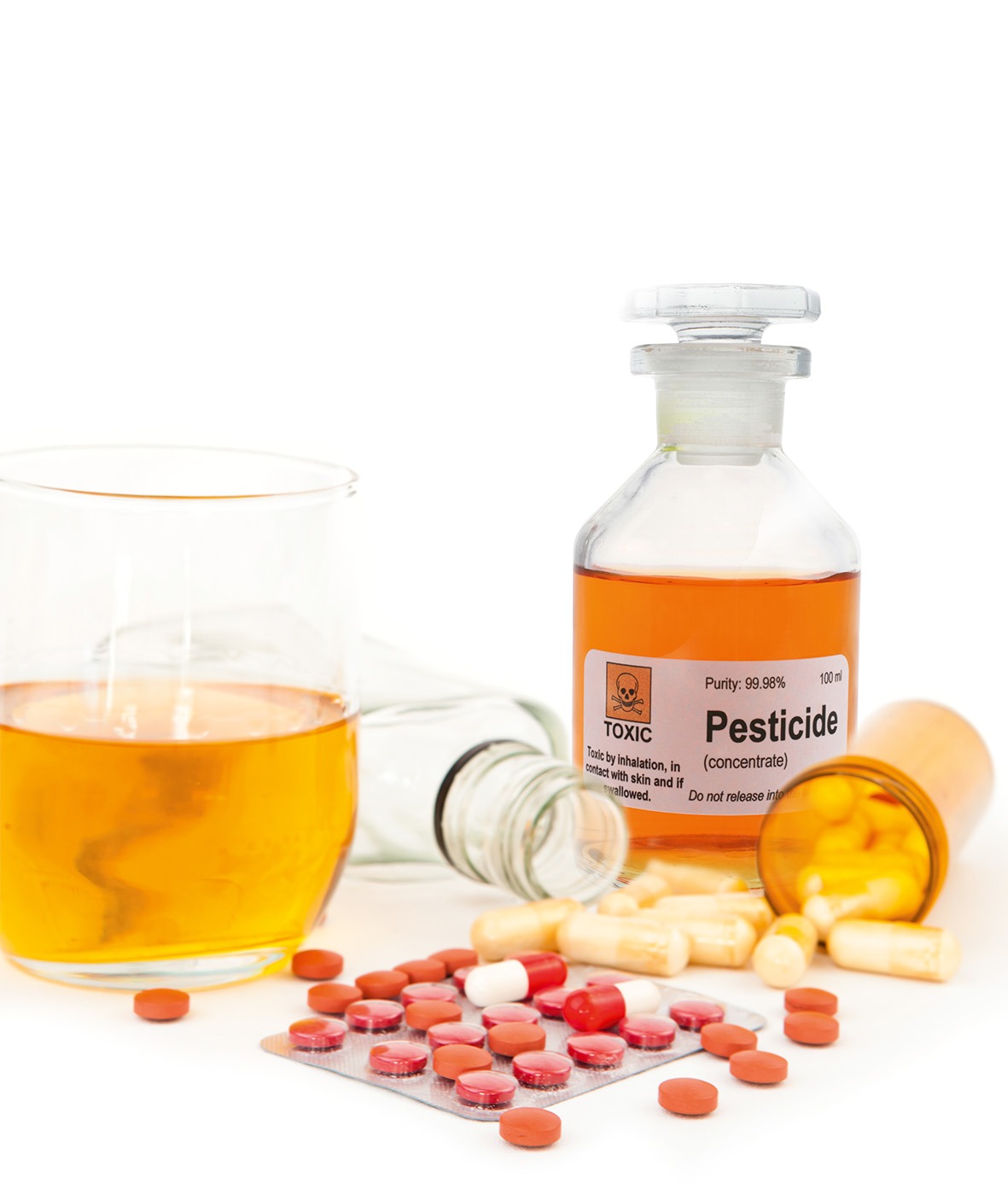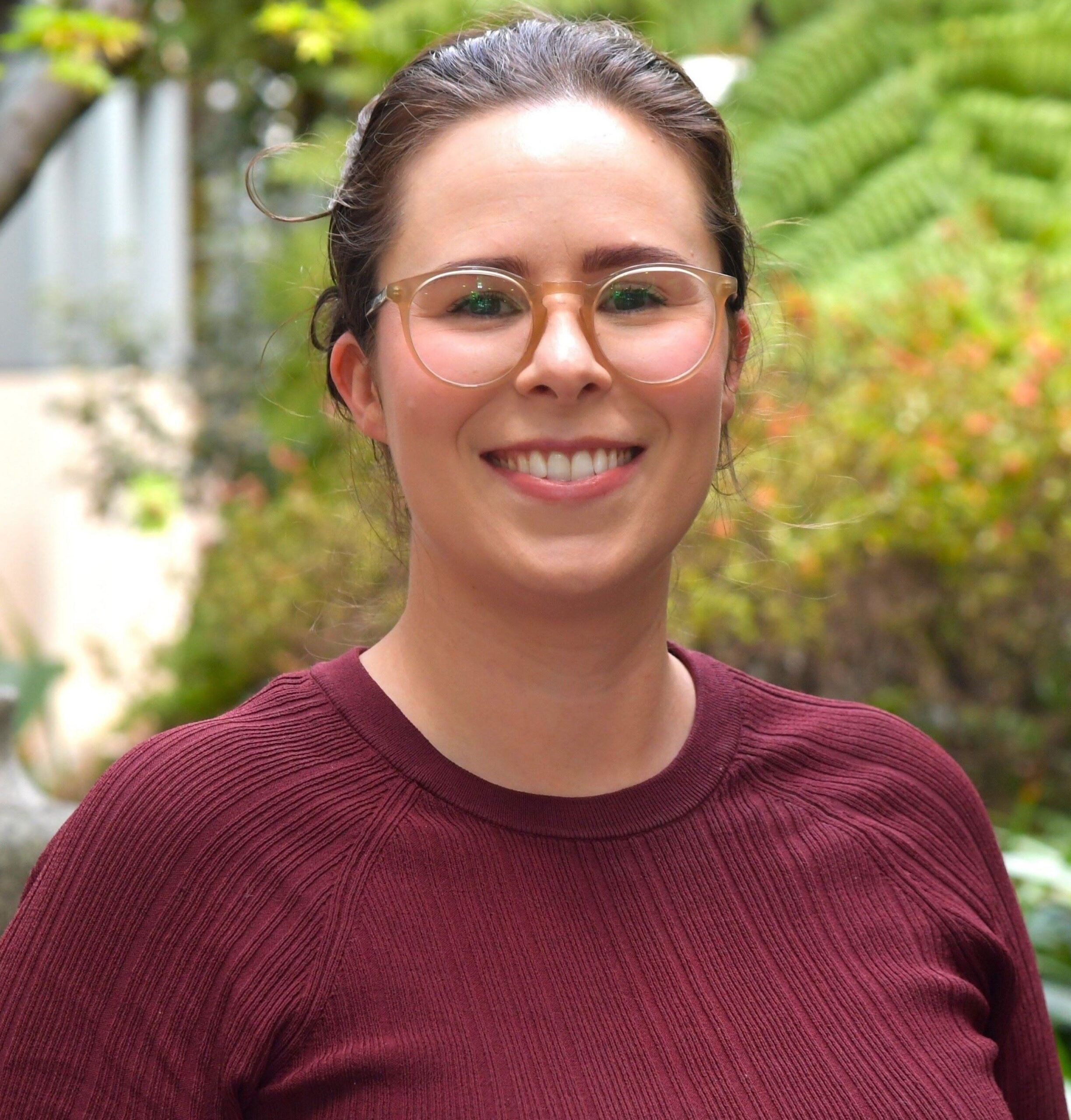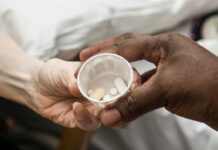How pharmacists are trained to deal with life-threatening calls – from medicine misadventure to ingestion of pesticides.
An average of more than 550 calls a day are taken – largely by pharmacists – at Australia’s four Poisons Information Centres (PICs). That’s more than 200,000 calls a year.
Exposures to medicine, chemicals, household products, bites, stings and plants account for the majority of calls to PICs – about 80%. The remaining 20% are largely medicine-related queries. Over the past 2 years, seven of the top 10 most common substance exposures have been medicines.
The PICs are separate state organisations that work together to support the 24-hour Poisons Hotline (131126). One quarter of the PIC calls received overall are from health professionals. These include paramedics, nurses, emergency department (ED) and intensive care unit (ICU) doctors, general practitioners (GPs), mental health professionals and pharmacists. Operating with extended opening hours, the NSW PIC is the largest. It takes half the national calls. In 2024 that was over 117,000.
According to its Senior Pharmacist Poisons Information, Genevieve Adamo MPS, most poisonings are accidental.
‘However, 17% of our calls relate to deliberate self-poisoning,’ she says.
‘These are usually our most serious cases because of the large amount and the combinations taken. We also advise on therapeutic errors, recreational and occupational exposures. We encourage pharmacists to call the PIC about any exposure, particularly deliberate ingestions. If a patient has collapsed or is not breathing, we advise them to call 000 and start cardiopulmonary resuscitation. The PIC will transfer calls to 000 if necessary.’
Most Specialists in Poisons Information (SPIs) in Australia are pharmacists. SPIs perform an individual risk assessment for each case – taking a detailed history, including patient details, the substance exposure, dose/amount, time and type of exposure, symptoms and signs.
For cases already assessed by a health professional, the clinical assessment including any investigations or treatments already carried out, is also considered. All of these factors influence the risk assessment and management plan.
The PIC has access to several specific toxicology resources. These include Therapeutic Guidelines, the National Poisons Register, POISINDEX and Toxinz.
As many exposures involve medicines, resources such as the Australian Medicines Handbook (AMH) and the Monthly Index of Medical Specialities (MIMS) are also used.
‘Information on the risk of toxicity from various exposures relies on publication from actual poisonings – not clinical trials – so there may not be published answers for all clinical scenarios,’ says Ms Adamo. ‘We must consider available evidence, first principles and theoretical risks when formulating an individual management plan for each case.’
Finding the required information, and quickly collating it into an individualised risk assessment and management plan, requires training and practice, she says.
‘We look for pharmacists with a sound knowledge of pharmacology and pharmacokinetics, relevant clinical experience and excellent communication skills. In NSW the PIC internal training program consists of 12 bespoke modules, including toxidromes (toxic syndromes), communication, pesticides, household chemicals, toxicology of specific drugs and drug classes, toxinology and plant toxicology.
‘Along with the theory, trainee SPIs will listen to real-time calls and then progress to supervised call-taking after completing the bulk of the training. The trainee will complete a written exam before they can be rostered to take calls with a “buddy”.
‘Each SPI is required to pass a second exam before they are eligible to work independently and be rostered to the more complex and busy overnight shifts. This whole process usually takes 6 months.
‘The demands of the role,’ says Ms Adamo, ‘require a degree of resilience to cope with the prevalence of self-harm, along with patience to deal with often distressed and sometimes argumentative callers. Most SPIs agree these demands are outweighed by the professional rewards of working in such a clinically interesting and challenging area.’
SPIs are supported by a team of clinical toxicologists, medical specialists who consult on serious life-threatening poisonings, and provide ongoing education and research opportunities for SPIs.
AP spoke to two PIC pharmacists.
Case 1
 Kristy Carter (she/her)
Kristy Carter (she/her)
Specialist in Poisons Information, NSW Poisons Information Centre
Around midday, I answered the phone to an emergency doctor who was managing a toddler inadvertently given a 10-fold dose of risperidone liquid earlier that morning and the previous morning.
The child was noticeably drowsy the day before, had slept longer than normal overnight and, after another dose that morning, had become agitated, restless and experienced a dystonic episode with abnormal head posturing and eyes deviating upwards. My colleague mentioned speaking to paramedics earlier that day about the child and promptly referred the child to hospital.

Once in hospital, the child appeared more alert, and the dystonic reaction settled. The doctor on the phone to me requested advice on management and monitoring. I advised the doctor about the clinical effects anticipated with the dosing error and when benzatropine was appropriate. This was a particularly concerning overdose in a child. Clinical effects included central nervous system (CNS) depression, dystonic reactions and anticholinergic effects such as tachycardia, agitation, restlessness and urinary retention.
Uncommon abnormalities included QT prolongation, hypotension and seizures. We discussed monitoring periods and what other investigations were needed. I encouraged them to call back if there was any deterioration or changes, particularly if there were further dystonic reactions.
Within an hour, the emergency doctor called back to report the cervical and ocular dystonias had returned – as well as new opisthotonos. The child was becoming very distressed. We discussed benzatropine dosage and when to use pro re nata (PRN) dosing overnight. The toddler had a good response to the initial dose and was discharged the next day with extra education around dosing provided to the caregivers.
The NSW Poisons Information Centre (PIC) has received many calls regarding 10-fold risperidone errors. Between September 2023 and September 2024, there were 25 cases of at least 10-fold risperidone liquid dosing errors in children aged 3–14 years.
This was particularly alarming, given paediatric patients are more susceptible to the adverse effects of risperidone. Even the smallest overdose can cause serious symptoms. We identified these errors as being mainly due to misunderstanding of dosing instructions and incorrect use of the provided dosing syringe. We knew that increasing awareness and reporting was needed to prevent further poisonings.
The NSW PIC reported these cases to the Therapeutic Goods Administration (TGA). As a result, there have since been mandatory updates to the Product Information and Consumer Medicines Information for risperidone liquid products. The revision includes clearer dosing instructions and illustrations to help ensure correct dosing.
A public safety alert and medicines safety update were both published by the TGA in May 2025. This case is a reminder of one of the roles that pharmacists can play in medication safety and the role of PICs in identifying and preventing medicine errors.
Case 2
 Louise Edwards (she/her)
Louise Edwards (she/her)
Specialist in Poisons Information, WA Poisons Information Centre
I received a call about an adult family member, who had been discovered drowsy with evidence he’d had one large vomit with a strong smell. He would not reveal what he had ingested.
The caller reported that the man had drunk a large amount of alcohol earlier in the day.
In his room, the family found empty packets of paracetamol, quetiapine, ibuprofen, and a bottle of a pesticide containing chlorpyrifos, suggesting a deliberate self-poisoning.
To help identify the ingredient in the pesticide (chlorpyrifos), I referred to the National Poisons Register. For the other substances, I referred to the Toxicology Handbook, Micromedex and Toxinz, which allowed me to understand the time of onset to symptoms, time required to monitor, possible clinical outcomes (given the unknown number of tablets in each case), and details of antidotes used in organophosphate poisoning. I also referred to the WAPIC Medical Assessment Guidelines to remind myself of local protocols.
Because the patient was still conscious and breathing, I advised the caller to get him to hospital by ambulance. I also advised them to take the tablet packets so the doctors there could work out how many might have been ingested. I also managed a call from ambulance personnel once they arrived to assist the patient. The ambulance journey to the hospital was only 10 minutes, and with no further signs of significant toxicity, there was no requirement for the patient to be transferred to a clinical toxicologist.
First responders/health professionals often experience concern about their own exposure when there are strange chemicals involved. I advised that in this case, the smell from hydrocarbons in the vomit, and potential future vomits, was not a significant risk, as long as they followed appropriate protocols to reduce the possibility of minor symptoms.
A call from the hospital before the patient’s arrival included similar concerns about “off-gassing”. I repeated the advice I had given the ambulance staff. I also advised them to call us back to be transferred to our on-call clinical toxicologist (local WAPIC protocol guidelines) once the patient had been assessed.
Usually, if it had been only the ingested pharmaceuticals, I would have advised on the assessment of paracetamol blood levels and liver function test results for considering N-acetyl cysteine (NAC), advised on potential symptoms, time required to monitor, important screening and other tests regarding quetiapine and ibuprofen, including the risk of seizures and coma with quetiapine, and the additive risk of CNS depression with alcohol and quetiapine.
In this case, the clinical toxicologist would have covered these points in their own advice, given they needed to also assess and advise the doctor about the chlorpyrifos exposure.
The hospital later called me to speak with the clinical toxicologist. I took initial details, such as that the patient was GCS 14, chest clear, managing airways, no further gastrointestinal symptoms or evidence of further bodily secretions, or other features of cholinergic toxidrome.
The patient received NAC for paracetamol and assumed small chlorpyrifos ingestion.
Among other lessons learned in this incident was the importance of providing information about off-gassing risk to ensure a potential patient receives timely support.





 Dr Phoebe Holdenson Kimura[/caption]
Dr Phoebe Holdenson Kimura[/caption]
 High-quality medicines reconciliation should ideally occur in the emergency department or soon after admission to the ward.
High-quality medicines reconciliation should ideally occur in the emergency department or soon after admission to the ward.
 AP
AP





